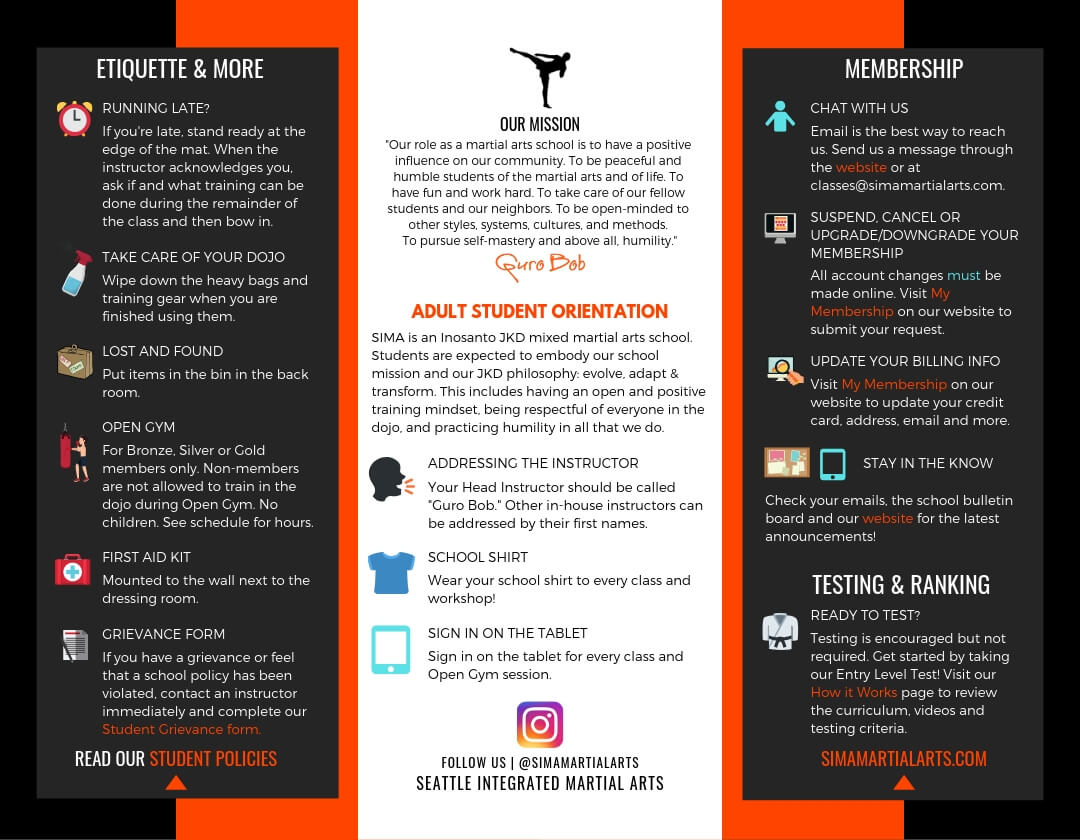Versatility Is Crucial In Martial Arts Education And Learning
Versatility Is Crucial In Martial Arts Education And Learning
Blog Article
Content Produce By-Hoppe Haslund
Did you know that adaptability plays a critical duty in fighting styles training?
Actually, a study conducted by the International Journal of Sports Physical Therapy revealed that over 80% of martial artists have problem with restricted adaptability.
However why is flexibility so crucial? Well, it not just improves your performance and technique however additionally reduces the threat of injuries.
So, if you're wanting to take your fighting styles abilities to the next level and remain injury-free, you'll absolutely intend to maintain reading.
Benefits of Flexibility in Fighting Style
Flexibility in martial arts brings various advantages to experts, allowing you to enhance your efficiency and minimize the threat of injury. By improving your versatility, you enhance your variety of motion, enabling you to perform strategies with greater accuracy and effectiveness.
This enhanced dexterity and fluidness in your motions can offer you a competitive edge, allowing you to respond quicker and adapt to various circumstances throughout sparring or competitors. In addition, enhanced flexibility aids to stop injuries by enhancing muscle mass flexibility and joint movement.
It permits your body to relocate more easily, decreasing the stress on your muscles and ligaments. This, subsequently, decreases the opportunities of strains, strains, and muscular tissue pulls. By including versatility training into your martial arts technique, you not only improve your efficiency but additionally guard your physical health.
Techniques to Boost Adaptability
To enhance your adaptability in fighting styles, you can incorporate numerous stretching workouts into your training routine.
One efficient strategy is dynamic extending, which includes moving with a complete range of activity to heat up your muscular tissues and boost versatility. read on include leg swings, arm circles, and trunk rotations.
One more strategy is static extending, where you hold a go for a continual time period. This helps extend and relax your muscle mass, enhancing adaptability gradually. Typical fixed stretches for martial arts include the butterfly stretch, hamstring stretch, and shoulder stretch.
Furthermore, incorporating yoga exercise or Pilates right into your training can additionally substantially boost your adaptability.
Remember to constantly heat up prior to stretching and pay aikido for older adults to your body to stay clear of injury.
Adaptability Educating for All Skill Levels
As you proceed in your martial arts training, improving your adaptability comes to be vital for improving your general efficiency. Flexibility training isn't just beneficial for advanced professionals but also for newbies and intermediate trainees.
Despite your ability level, integrating flexibility workouts into your training regimen will assist you establish a wide variety of motion, prevent injuries, and enhance your method execution.
For beginners, adaptability training can help improve your kind and stance, allowing you to execute motions appropriately and successfully. Intermediate professionals can make use of versatility training to further enhance their series of motion and improve their fluidness in performing facility methods. Advanced students can benefit from flexibility training by keeping and improving their existing versatility, allowing them to perform advanced moves easily.
Final thought
In conclusion, welcoming flexibility in your martial arts training is vital. By including strategies to improve adaptability, you can enhance your efficiency and stop injuries.
Keep in mind, 'An adaptable body is a resistant body.' So, keep pressing your restrictions, stretching frequently, and reap the benefits of a supple and dexterous physique.
